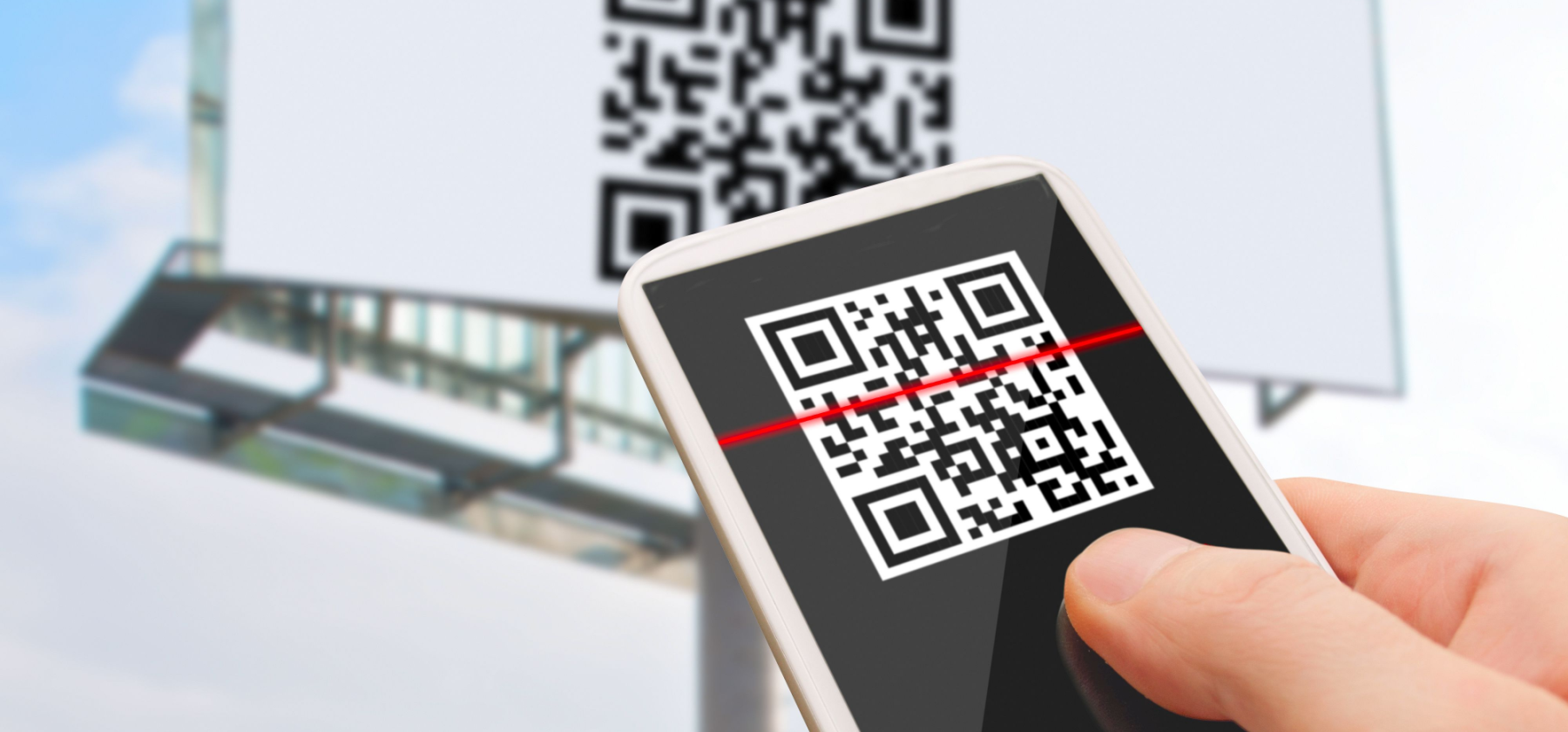As emerging technologies, particularly AI, reshape B2B marketing strategies, many organizations are shifting resources toward digital transformation to remain competitive.
However, sidelining traditional marketing tactics to prioritize innovation can be a costly misstep.
Traditional channels such as print, direct mail, billboards, and events have considerable value, particularly when they are thoughtfully integrated with digital strategies and real-time demand intelligence.
Combining traditional and digital approaches offers a unique advantage, namely the ability for a brand to stand out in the sea of sameness.
Experiences that blend the old with the new are more likely to capture attention, foster trust, and drive meaningful engagement.
By aligning traditional media with digital insights and delivery systems, marketers can create a cohesive brand-to-demand experience – one that resonates with today’s self-directed, risk-averse buyers.
Here are five high-impact ways to integrate traditional and digital marketing for a more personalized and effective buyer experience.
1. Intent Data Intelligence + One-To-One Conversations
When fueled by intent data intelligence, the cold calls of yesterday become the insight-driven conversations of tomorrow.
Intent data empowers organizations to identify where prospects are within the buyer’s journey and to gauge their level of interest in specific solutions.
This approach transcends cold outreach, enabling marketers and sales teams to engage with prospects who are actively exhibiting buying intent signals.
Before initiating outreach, Go-To-Market (GTM) teams can use intent data to identify:
- Prospects actively researching or seeking a solution.
- Competing vendors under consideration.
- Behavioral signals that reveal sales readiness or indicate the need for a longer nurture path.
- Current challenges, questions, and priority search topics shaping buyer decisions.
Organizations can begin capturing meaningful intent signals directly from their own client relationship manager (CRM) and digital ecosystem.
Key first-party intent signals include:
- Visits to solution-specific or pillar pages on your website.
- Keyword searches aligned with your offerings.
- Email engagement metrics, particularly open and click-through rates.
Once foundational tracking is established, GTM teams should consider enhancing their database with firmographic and technographic data.
When integrated thoughtfully into your GTM strategy, intent intelligence allows you to engage buyers with relevant messaging, transforming passive prospects into sales-ready opportunities.
2. Print Media + Deep Media Nurturing
The most effective B2B marketers are meeting the demands of cautious, self-directed buying groups by orchestrating deep media presence that aligns with how prospects prefer to research and engage.
Yet, according to our own Q4 2024 market research, only 22% of marketing teams prioritize the creation of buyer enablement materials, highlighting a significant gap between awareness-building efforts and buyer-centric strategies that support purchase decisions.
The most progressive strategies integrate AI-powered targeting, first-party intent data, and omnichannel delivery systems to ensure buyers receive value at every stage of their journey.
We know that on average, 33-50% of buyers go through seven or more pieces of content during the purchase process. Print media offers a distinct opportunity to break through this noise and command attention.
When informed by behavioral insights and demand intelligence, print media can be strategically activated in niche publications consumed by your target buying groups, delivering a high return on investment.
Here is how B2B buyer intelligence enhances print media experiences:
- Predictive analytics and intent signals identify which accounts are most likely to purchase, enabling marketers to prioritize them for print media activation.
- Generative AI enables personalization at scale by adapting core messaging across different print formats and channels.
- QR codes integrated into compelling print advertisements bridge the physical and digital experience, allowing for trackable engagement and follow-up opportunities.
- Print-on-demand and programmatic print technologies make it possible to deliver hyper-personalized physical content with the same agility and precision as digital campaigns.
For marketers focused on brand-to-demand integration, combining technology-enabled media strategies with high-trust formats, such as print, provides a unique and differentiated way to capture buyer attention.
3. Events + ABX
Ensuring that key accounts receive a personalized follow-up experience through an Account-Based Experience (ABX) strategy is an effective way to bridge traditional event marketing with modern, buyer-centric engagement.
ABX enables marketers to connect with prospects before, during, and after an event, creating a cohesive journey that adds value at every stage.
Before the event, contacts can be engaged with targeted nurture streams that build interest and provide relevant insights, effectively “priming” them with content that addresses common pain points, frequently asked questions, or industry trends.
This not only enhances their readiness to engage at the event, but also empowers them with the context to have more meaningful conversations on-site.
For example, if a prospect receives content around B2B buyer advocacy in pre-event nurture, they may arrive at the booth with a deeper understanding of the topic and specific questions in mind.
This creates an opportunity for sales to engage in more relevant, high-value discussions, transforming a standard booth interaction into strategically qualified engagement.
By extending the event experience beyond the show floor, ABX ensures that traditional marketing efforts are amplified through intent-driven, personalized interactions.
This leads to stronger relationships, clearer value exchange, and accelerated pipeline progression.
4. Billboards/Posters + Geotargeting + Nurture
To maximize the effectiveness of traditional advertising platforms such as billboards and posters, marketers can integrate geotargeting to bridge physical impressions with digital engagement.
Geotargeting enables the delivery of tailored follow-up content based on a viewer’s location, allowing billboard placements to align strategically with key account locations, such as near a corporate headquarters or an industry event venue.
When paired with compelling creatives and a clear call to action, such as a short, memorable URL or QR code, billboards can guide viewers to personalized landing pages that extend the message and encourage deeper interaction.
These landing pages can be tailored by industry, buyer stage, or intent signals, further enhancing relevance and conversion potential.
At a more advanced level, mobile location data can be used to identify devices that have passed by a billboard.
This type of geotargeting enables marketers to retarget those individuals with personalized digital nurture campaigns, reinforcing the original message across multiple touchpoints.
By combining location-specific placement with digital activation, billboards evolve from static awareness tools into measurable components of a modern ABX strategy that drives engagement and accelerates pipeline.
5. Direct Mail + Buyer Intelligence
When executed with precision and relevance, direct mail can be a powerful tool for re-engaging prospects who have become unresponsive to digital touchpoints.
A well-timed physical asset can prompt renewed interest, particularly when guided by demand and buyer intelligence.
Technology can play a critical role in elevating direct mail from a generic outreach method in the following ways:
- Intent data and predictive analytics, together forming deep data intelligence about the prospect or account, identify when a buying group is entering an active research or purchasing stage, ensuring that direct mail is sent at the most strategic moment.
- AI-driven personalization enables messaging tailored to a recipient’s industry, role, behavior patterns, or known tech stack.
- Programmatic print technology allows for scalable, real-time production of customized assets such as postcards, letters, or dimensional mailers, triggered by specific prospect actions or buying signals.
- Integrated measurement platforms unify physical and digital engagement data, allowing marketers to continuously optimize campaigns.
- QR codes and custom landing pages extend the journey, creating a seamless transition from physical to digital.
If five follow-up emails have failed to elicit a response, a sixth is unlikely to succeed. However, a timely and thoughtful piece of direct mail, such as a handwritten note, a tailored infographic, or a personalized token of value, can break through resistance and reinitiate dialogue.
Beyond performance metrics, direct mail also builds trust. When buyers feel recognized and understood, they are more inclined to engage, respond, and move forward in their buying journey.
As part of a broader demand strategy, direct mail plays a key role in creating high-impact, memorable moments that differentiate your brand from the competition.
Key Takeaways
- Intent data intelligence turns cold outreach into warm conversations by leveraging behavioral signals to prioritize high-value prospects and boost efficiency.
- ABX transforms events into full-funnel experiences through pre-nurture, contextual engagement, and tailored follow-up.
- Direct mail, enhanced by demand intelligence and personalization, cuts through digital noise and re-engages prospects with targeted, tangible touchpoints.
- With geotargeting, personalization, and integrated measurement, even traditional media becomes seamlessly trackable and conversion-ready.
More Resources:
Featured Image: JMiks/Shutterstock








